Middle School National History Scores Fall
The declines coincide with new limits on teaching U.S. history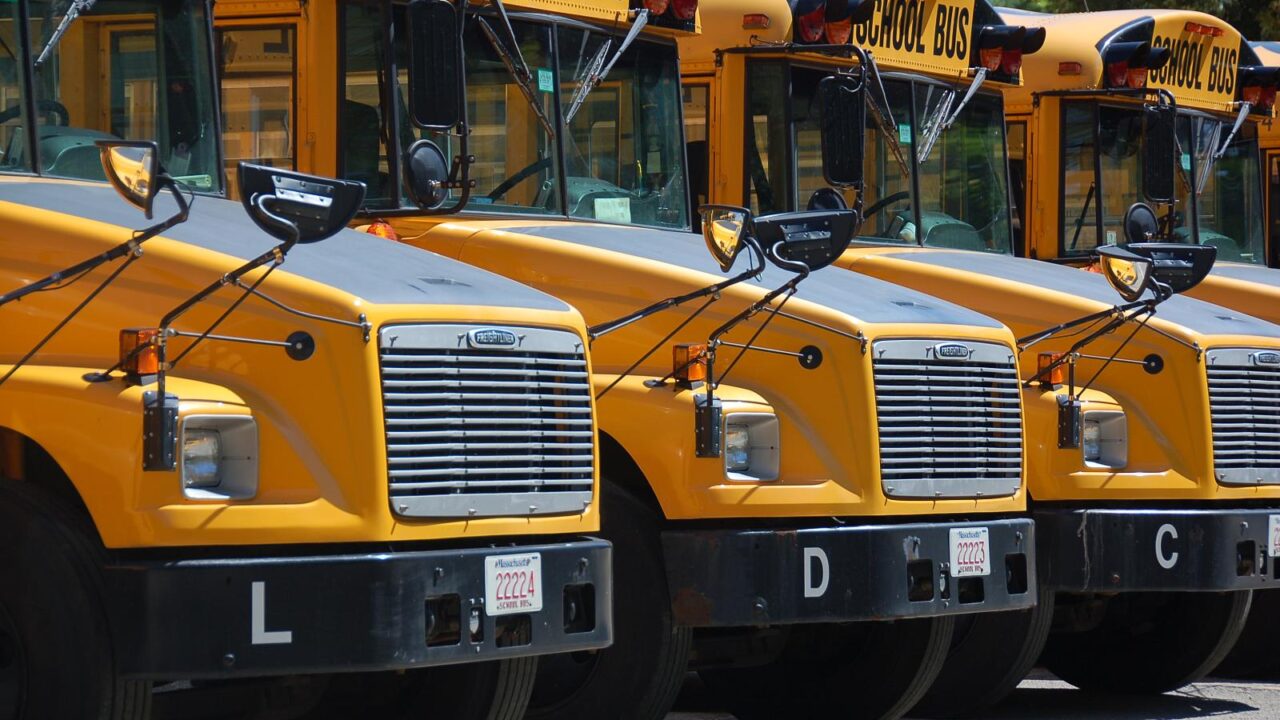 School buses by Chris Devers via Flickr / CC BY-NC-ND 2.0
School buses by Chris Devers via Flickr / CC BY-NC-ND 2.0
This story was originally published by Chalkbeat. Sign up for their newsletters at ckbe.at/newsletters.
Eighth graders scored lower on U.S. history and civics exams last spring than they did four years earlier, according to national data released Wednesday.
U.S. history scores fell by 5 points, on average, on the National Assessment of Educational Progress, or NAEP, a test that’s considered to be “the nation’s report card”—continuing a nearly decade-long decline in that subject. Civics scores, meanwhile, dropped an average of 2 points. That marked the first decline in that subject since the NAEP civics test began in 1998.
Federal officials and educators said the declines were a cause for national concern and should prompt schools to put a heavier emphasis on social studies—at a time when many schools are laser-focused on reading and math recovery. But many educators are dealing with new restrictions that affect how they can teach about the nation’s history, particularly topics involving racism, sexism, and LGBTQ issues.
“Too many students are struggling to understand and explain the impact of civic participation, and how our government works, and the historical significance of events,” said Peggy Carr, the commissioner for the National Center on Education Statistics, which administered the history and civics tests to a nationally representative sample of nearly 16,000 eighth graders.
The history and civics declines follow a steep drop in math scores and a dip in reading scores last fall on those NAEP exams.
Of particular concern, Carr said, is the growing share of students who are scoring at the lowest level on these tests. Last spring, 40% of eighth graders fell into that category on the U.S. history test, for example, up from 34% in 2018. That means more students could not point out simple historical concepts in primary documents, such as being able to explain that soldiers died during the Civil War after reading the Gettysburg Address.
The history and civics declines follow a steep drop in math scores and a dip in reading scores last fall on those NAEP exams. Those declines were attributed in large part to disruptions caused by the pandemic and launched a national conversation about how schools should be working to get students caught up—and spending their pandemic relief funds to do it.
Federal officials said while COVID likely played some role in the history and civics declines—students may have been asked to focus more on other subjects, for example—there is likely something bigger at play. That’s especially true for U.S. history, in which student scores have dropped 9 points since 2014.
The U.S. history score declines last spring were pervasive: white, Black, and Hispanic students all saw drops, and all but the highest-achieving students saw their average scores fall compared with students from four years prior. (The NAEP history test is scored on a 500-point scale, while the civics test is on a 300-point scale.)
Patrick Kelly, a U.S. government teacher in South Carolina who sits on the governing board for the NAEP, said these history and civics results should spark “a national conversation around the need for urgency and supporting this group of learners” just as last fall’s math and reading scores did.
“The students who took this test are right now finishing up their freshman year of high school,” said Kelly, noting those ninth graders will be eligible to vote, run for office, and serve in the military in three years. “This isn’t something that we can say ‘well, our 20-year plan for this is…’ We need a right-now plan.”
At the same time, some states have expanded what students are expected to learn about Black, Latino, Asian American, and Native American history and culture.
The declines come as state lawmakers, teachers, and families across the U.S. are engaged in fraught debates about what and how students should learn about the history of the country —especially the more painful parts about it.
Over the last two years, nearly every state has considered a bill that would limit how teachers can discuss racism and sexism in their classrooms, and 18 states have bans or other restrictions in place, according to a tracker compiled by Education Week.
About 1 in 4 teachers reported that they’d been told by a school or district leader to limit what they said about political and social issues in class, a RAND Corporation survey released last year found. Teachers in states with these bans have reported cutting short conversations about topics such as slavery, the genocide of Indigenous peoples, and women’s rights.
At the same time, some states have expanded what students are expected to learn about Black, Latino, Asian American, and Native American history and culture.
U.S. Education Secretary Miguel Cardona drew a connection between the history and civics score drops and the legislative efforts in many Republican-led states to restrict classroom conversations.
Those results indicate that it’s not “the time to limit what students learn in U.S. history and civics classes,” Cardona said in a written statement. “Banning history books and censoring educators from teaching these important subjects does our students a disservice.”
Federal officials don’t know whether efforts to restrict what students learn had an effect on the history and civics scores, Carr said. But Martin West, a professor of education at the Harvard Graduate School of Education and a member of NAEP’s governing board, said “one possible explanation here is that debates over how to teach history could be getting in the way of actually doing it.”
Schools that want to help high schoolers struggling in history and civics should focus on giving them more time with the subjects, Carr said. That could be in either a stand-alone social studies class or by weaving the material into other places in their schedule. In the long run, schools may also have to revisit how they teach history and government in younger grades, too.
“The history and civics content that students receive in elementary schools is often haphazard,” West said. “There are major gaps in coverage that make it harder for students to develop a systematic understanding of U.S. history.”
The NAEP U.S. history exam tests students’ knowledge of major periods, including colonization, the American Revolution, the Civil War, Reconstruction, and both World Wars. Students are expected to identify key ideas and differing perspectives from those times. The civics test, meanwhile, looks at students’ knowledge of the U.S. government and their ability to participate in civic activities.
Chalkbeat is a nonprofit news site covering educational change in public schools.
Your support matters…Independent journalism is under threat and overshadowed by heavily funded mainstream media.
You can help level the playing field. Become a member.
Your tax-deductible contribution keeps us digging beneath the headlines to give you thought-provoking, investigative reporting and analysis that unearths what's really happening- without compromise.
Give today to support our courageous, independent journalists.

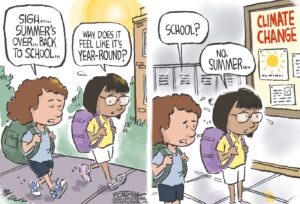
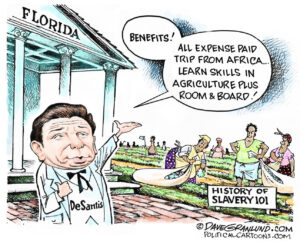
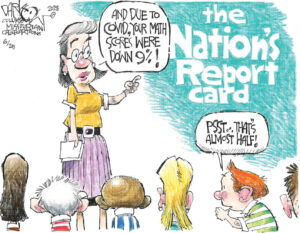
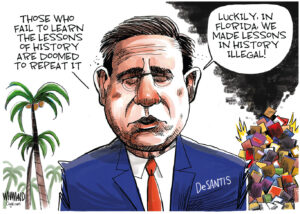

You need to be a supporter to comment.
There are currently no responses to this article.
Be the first to respond.